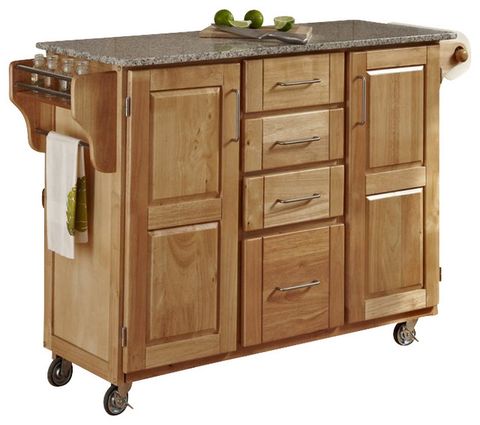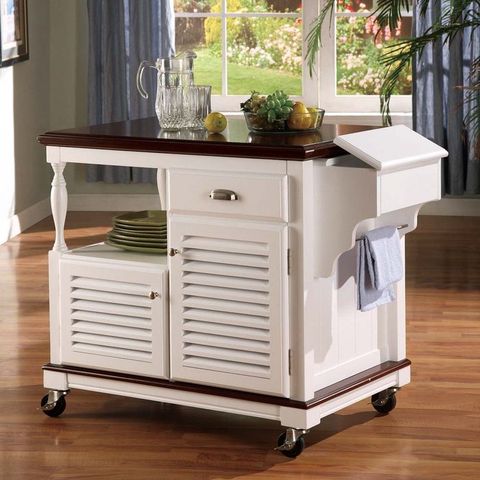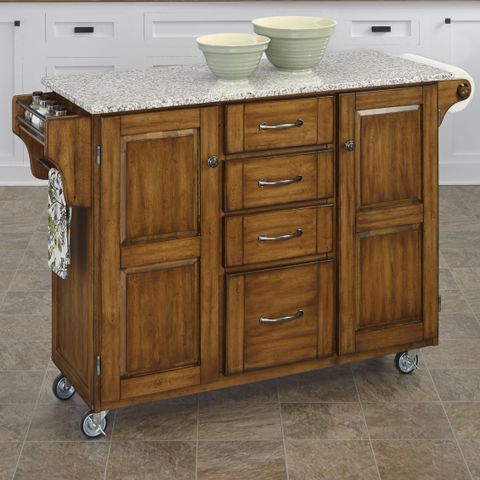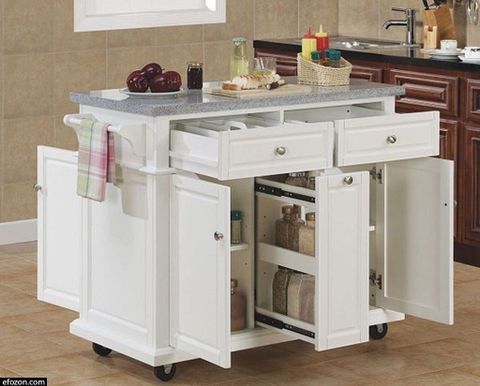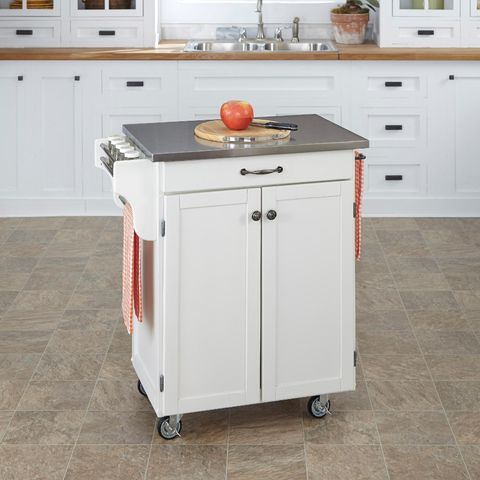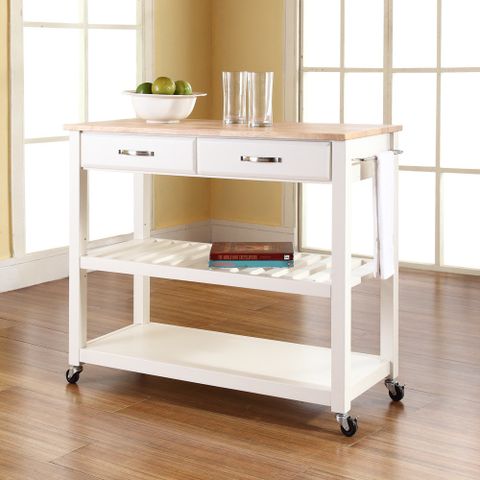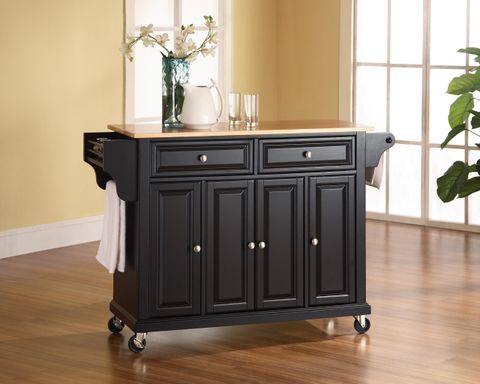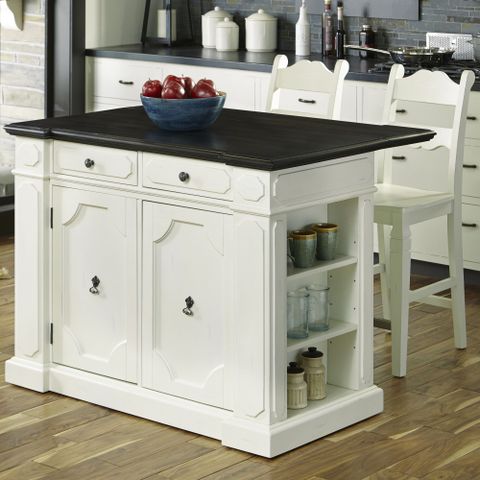Mahogany, a word that whispers of elegance, warmth, and enduring quality. This rich hardwood, with its deep reddish-brown tones and distinctive grain patterns, has long held a special place in the world of interior design, particularly in the heart of the home – the kitchen. This guide delves into the world of mahogany in kitchen design, exploring its history, its unique qualities, and how you can incorporate its timeless appeal into your own space. It’s not just about the wood; it’s about the story it tells, the feeling it evokes, and the legacy it carries.
In a world dominated by fleeting trends, mahogany’s popularity remains steadfast. Why? Because it offers something truly special. Its beauty is undeniable, yes, but beyond aesthetics, mahogany possesses characteristics that make it ideal for a busy, functional space like a kitchen. From its strength and durability to its ability to age gracefully, mahogany offers a blend of practicality and luxury that few other materials can match. We’ll explore why this wood has, and continues to, stand the test of time, and how you can get the best out of it.
Forget the cookie-cutter kitchens you see everywhere; let’s dive into the rich history and practical applications of mahogany, helping you to understand why it remains a top choice for homeowners and designers alike.
A Glimpse Into Mahogany’s Past
The story of mahogany is as rich as the wood itself. Originating primarily in the Americas, mahogany has been prized for centuries. Its use dates back to the 18th century, where it became a favorite of cabinetmakers and furniture designers. Its strength, its beautiful appearance, and its resistance to warping made it ideal for everything from elegant furniture to the sturdy construction of ships. This history of quality and craftsmanship is part of what makes mahogany so desirable today. It’s a material with a pedigree, a tangible link to a legacy of fine design and lasting value.
Think about the grand estates and historical homes where mahogany furniture and paneling were the norm. This association with luxury and enduring value is deeply ingrained in our collective consciousness, further fueling its appeal in modern design.
The Unique Qualities that Define Mahogany
What sets mahogany apart? Several key characteristics contribute to its enduring appeal:
- Durability: Mahogany is incredibly strong and resistant to scratches, dents, and warping, making it well-suited for the demands of a kitchen environment.
- Beauty: The rich, reddish-brown color of mahogany deepens with age, developing a beautiful patina that adds character and warmth. The distinctive grain patterns are another visual delight.
- Workability: Mahogany is relatively easy to work with, allowing for intricate detailing and a wide range of design possibilities.
- Resistance to Rot: This wood is naturally resistant to rot and decay, which is a significant advantage in a kitchen where moisture is often present.
- Sustainability (When Sourced Responsibly): While mahogany has faced environmental concerns in the past, sustainably harvested mahogany is now available, allowing you to enjoy its beauty and durability with a clear conscience.
These qualities combined make mahogany a perfect material for kitchen cabinets, islands, and other elements. You get both function and beautiful aesthetics.
Mahogany in the Kitchen: Design Ideas and Applications
So, how can you incorporate mahogany into your kitchen? Here are a few ideas:
- Cabinets: Mahogany cabinets are a classic choice, offering a warm, inviting feel. You can opt for a traditional, raised-panel design or a more contemporary, sleek look. Consider pairing them with light-colored countertops and backsplashes to create a balanced look.
- Kitchen Islands: A mahogany kitchen island is a stunning focal point. It provides a beautiful work surface, extra storage, and a place for people to gather. Think about adding a contrasting countertop material, such as granite or marble, to enhance the visual interest.
- Flooring: Mahogany flooring adds a touch of elegance to any kitchen. Its warmth and durability make it an excellent choice, but be sure to choose a finish that is resistant to moisture and scratches.
- Accent Pieces: If you’re not ready to commit to a lot of mahogany, consider incorporating it through accent pieces, such as a mahogany dining table, bar stools, or decorative shelves. This is a great way to add a touch of luxury without overwhelming the space.
Remember to consider the overall style of your kitchen. Mahogany can be incorporated into a variety of design aesthetics, from traditional to modern, and from rustic to minimalist. The key is to find the right balance and complement it with other materials and colors.
Color Palettes that Complement Mahogany
Choosing the right color palette is essential to make the most of mahogany’s beauty. Here are some ideas:
- Neutral Tones: Cream, beige, and off-white are classic choices that create a warm and inviting feel and allow the mahogany to be the star. These colors also help to brighten the space.
- Cool Colors: Gray, blue, and green can create a sophisticated contrast with the warm tones of mahogany. Consider a soft sage green or a muted blue for your walls or backsplash.
- Earthy Tones: Browns, tans, and terracotta can create a cohesive, natural look. This palette works well in kitchens with a rustic or farmhouse style.
- Metallic Accents: Gold, bronze, and copper hardware and fixtures add a touch of luxury and complement the warm hues of mahogany beautifully.
Experiment with different combinations to find the perfect palette for your kitchen. Consider the amount of natural light, the overall style, and your personal preferences when making your selection.
Maintenance and Care for Your Mahogany Kitchen
Mahogany is a durable wood, but proper care will help it maintain its beauty for years to come.
- Regular Cleaning: Wipe down surfaces with a damp cloth and mild soap. Avoid abrasive cleaners, which can scratch the finish.
- Protect from Sunlight: Direct sunlight can cause mahogany to fade over time. Use curtains or blinds to protect your cabinets and furniture.
- Control Humidity: Mahogany is less prone to warping compared to some other woods, but it’s still important to maintain a consistent humidity level in your kitchen. A dehumidifier can be helpful in particularly humid climates.
- Professional Refinishing: Over time, your mahogany may require refinishing to restore its luster and protect it from wear and tear. Consult with a professional woodworker to ensure the best results.
By following these simple care tips, you can ensure that your mahogany kitchen remains a stunning and functional space for many years.
Sustainable Mahogany: Making an Ethical Choice
As environmental awareness grows, it’s more important than ever to consider the source of your materials. When choosing mahogany, look for options that are sustainably harvested. Look for certifications from organizations like the Forest Stewardship Council (FSC), which guarantees that the wood comes from responsibly managed forests. Choosing sustainable mahogany allows you to enjoy its beauty without contributing to deforestation or environmental damage. Research the suppliers and ask questions about their sourcing practices to make an informed decision. It’s about enjoying beauty responsibly, and ensuring that future generations can also appreciate the splendor of this remarkable wood.
Mahogany’s enduring appeal in kitchen design isn’t just about its beauty; it’s about the history, the quality, and the feeling it evokes. From its rich, warm tones to its incredible durability, mahogany brings a touch of luxury and sophistication to any kitchen. By understanding its unique qualities, exploring different design applications, and embracing sustainable sourcing practices, you can create a kitchen that is both beautiful and enduring. So, whether you are planning a complete renovation or simply looking to add a touch of elegance, consider the timeless allure of mahogany. It’s an investment in quality, a nod to the past, and a promise of lasting beauty for your home. And remember, the kitchen is the heart of the home, so choose a material that speaks to your soul, that reflects your values, and that will bring joy for many, many years to come.

